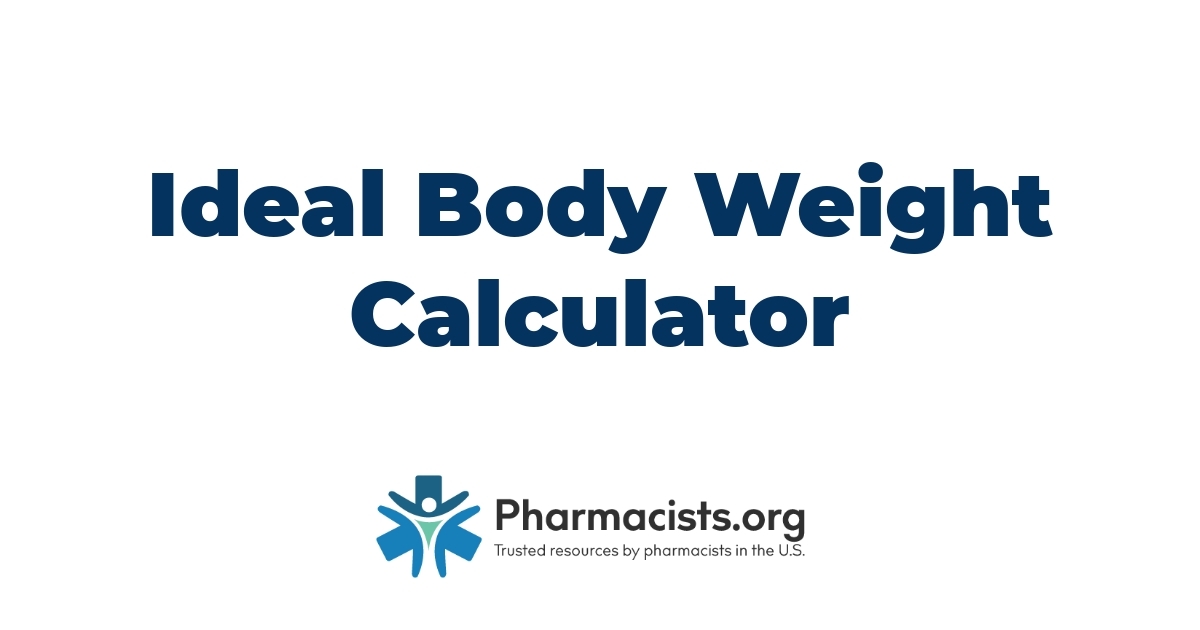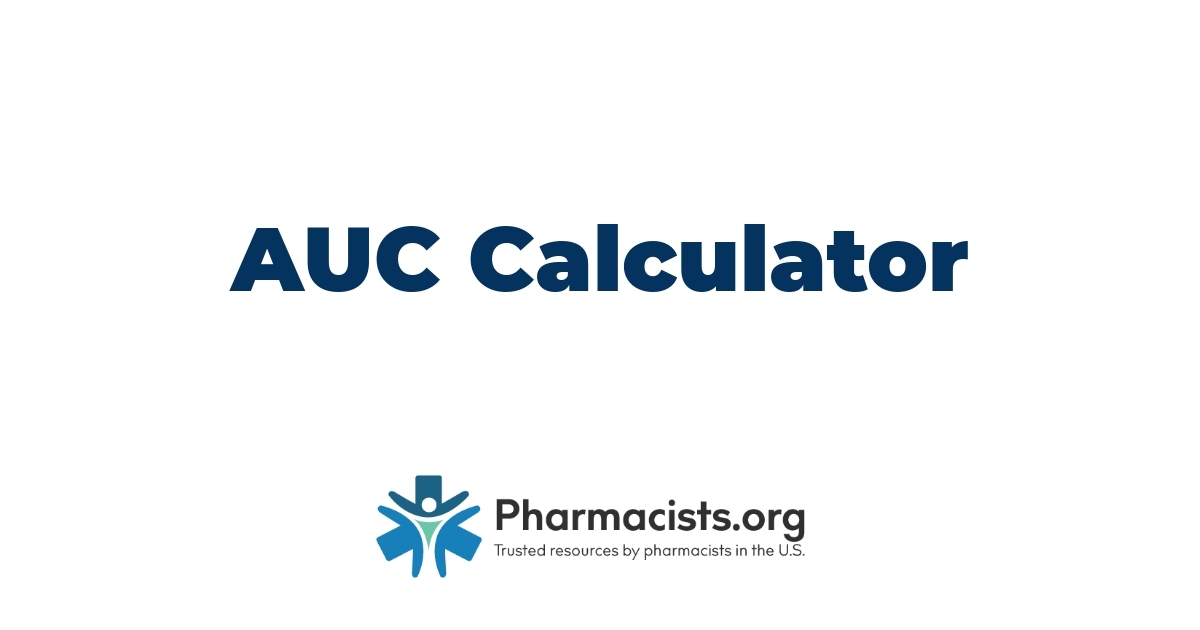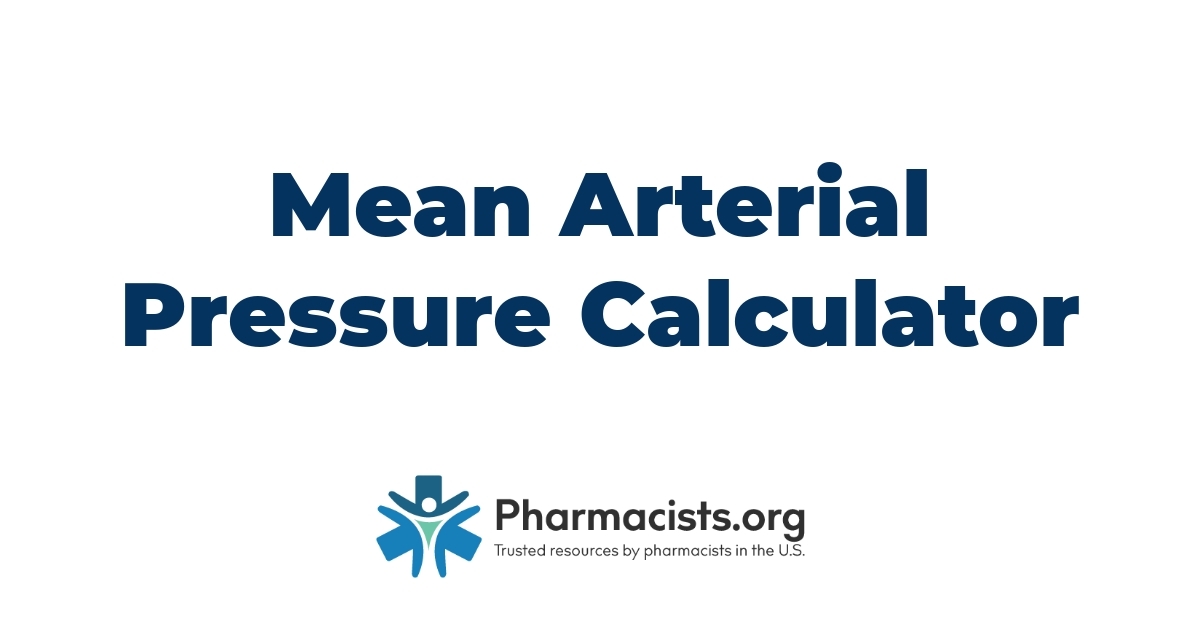Understanding BSA (Body Surface Area)
What Is BSA and Why Is It Important?
BSA, or Body Surface Area, stands as a critical metric in the healthcare sector. Unlike other measurements that are straightforward, such as weight or height, BSA calculates the external surface area of the human body. Why does this matter, especially for pharmacy owners and professionals? The answer lies in the dosage of medications, particularly in settings like chemotherapy, where the amount of a drug administered can significantly impact both effectiveness and safety.
The History of BSA Measurement
Tracing the history of BSA measurement unveils a rich tapestry of scientific inquiry and innovation. The quest to accurately measure body surface area dates back to the early 20th century. Pioneers in this field sought methods to link metabolic rate and other physiological processes with the size of a person’s body surface. One of the earliest and still frequently used formulas for calculating BSA was developed by Du Bois and Du Bois in 1916. Their method underscored the notion that a person’s body heat loss, which is crucial in determining metabolic rate, is directly proportional to their BSA.
Over the years, various formulas have been introduced, offering alternatives to the Du Bois method, each with its strengths. For instance, the Mosteller formula, introduced in 1987, simplifies the calculation process, making it more accessible for clinical use. Even though the diversity of these formulas, the core goal remains consistent: to provide a reliable metric that can guide the precise administration of treatments.
The Role of BSA Calculators in Healthcare
Assessing Medication Dosages
One of the primary applications of BSA calculators is in the realm of assessing medication dosages. This process, critical for ensuring efficacy while mitigating risks of adverse reactions, requires a meticulous approach. BSA calculators enable pharmacists to determine the right amount of medication based on the individual’s body surface area.
This is particularly crucial for medications with narrow therapeutic indices, where the margin between efficacy and toxicity is slender. By incorporating BSA in dosage calculations, we can administer medications that achieve the desired therapeutic effects without overwhelming the patient’s system. This precision not only enhances patient safety but also contributes to the overall success of the treatment plan.
Planning Surgical Procedures
Plus to their role in pharmacology, BSA calculators also prove instrumental in the planning of surgical procedures. Surgeons rely on accurate patient metrics to determine the appropriate course and complexity of an operation. For instance, the surface area of a graft or the volume of fluid replacement can be precisely calculated using the patient’s body surface area. This ensures that the surgical interventions are not only efficacious but also minimize the risk of complications. By leveraging BSA calculations, healthcare professionals can tailor surgical plans to the individual, optimizing outcomes and enhancing recovery times.
Application in Chemotherapy
Perhaps nowhere is the role of BSA calculators more pronounced than in the field of chemotherapy. Given the potency of chemotherapeutic agents and their potential for causing severe side effects, precision in dosing is paramount. BSA calculations provide a foundation for determining the optimal dose of chemotherapy for each patient, factoring in their unique body metrics to strike a balance between eliminating cancerous cells and preserving healthy ones.
This personalized approach to chemotherapy dosing, enabled by BSA calculators, significantly improves the effectiveness of treatment while reducing the incidence of adverse reactions. As pharmacy professionals, our adeptness at employing these calculators ensures that patients receive care that is not only effective but also customized to their specific needs.
Different Methods of BSA Calculation
The Most Common Formulas
Several formulas exist for BSA calculation, each with its unique application and accuracy level. Among these, the Mosteller, Du Bois, and Haycock formulas stand out as the most commonly used in clinical settings.
- Mosteller Formula: Simplified and widely adopted, this formula calculates BSA by taking the square root of the product of a patient’s weight in kilograms and height in centimeters, divided by 3600. Its simplicity makes it a popular choice among healthcare professionals.
- Du Bois Formula: Pioneered by Du Bois and Du Bois in 1916, this method involves the weight raised to the power of 0.425 and height to the power of 0.725, both multiplied by a constant of 0.007184. It’s known for its precision and is extensively utilized in determining dosages for chemotherapy.
- Haycock Formula: Credited for its precision in children, this formula uses a complex calculation of weight and height. The result is obtained by multiplying 0.024265 by the weight in kilograms raised to the power of 0.5378 and the height in centimeters to the power of 0.3964. It’s particularly effective in pediatric care, ensuring accurate dosages for our younger patients.
Pros and Cons of Various Methods
Each BSA calculation method carries its own set of advantages and limitations, affecting their suitability for different patient scenarios.
- Advantages of the Mosteller Formula: Its simplicity and ease of use make it highly appreciated in fast-paced environments, requiring minimal time and effort to obtain accurate measurements. It’s also versatile, applicable to a broad patient population.
- Disadvantages of the Mosteller Formula: The simplicity, although an advantage, can lead to inaccuracies in extreme body sizes, making it less reliable for outlier patients.
- Advantages of the Du Bois Formula: Renowned for its accuracy, especially in calculating dosages for treatments like chemotherapy, the Du Bois formula is indispensable in clinical decision-making. It ensures that treatment plans are based on precise BSA measurements, minimizing risks and enhancing patient care.
- Disadvantages of the Du Bois Formula: The formula’s complexity can be time-consuming, potentially slowing down the treatment planning process. It also demands accurate measurement, which can be challenging in certain healthcare settings.
Review of Popular BSA Calculator Tools
Digital BSA Calculators vs. Manual Calculation
The evolution of BSA calculation tools from manual to digital formats marks a significant advancement in healthcare technology. Traditionally, manual calculation of BSA involved using formulas like Mosteller, Du Bois, and Haycock directly on paper. This method, while straightforward, is time-consuming and prone to human error, which is not ideal in a fast-paced pharmacy environment.
On the other hand, digital BSA calculators provide a quick, accurate, and efficient means of computing body surface area. They’ve become indispensable in modern healthcare settings, including pharmacies. Digital tools allow pharmacy staff to input patient data and instantly receive a precise BSA measurement. This efficiency not only streamlines the medication dosage process but also enhances patient care by reducing potential calculation errors.
Features to Look for in a BSA Calculator
Choosing the right BSA calculator involves considering several key features that can significantly impact its usefulness in a pharmacy setting. Our review highlights the following essential features:
- Accuracy and Reliability: The primary function of any BSA calculator is to provide accurate measurements. High reliability in various clinical scenarios, including pediatric and adult care, is non-negotiable for pharmacy operations.
- User-friendliness: A well-designed interface that is intuitive and easy to navigate ensures that pharmacy staff can perform calculations quickly without a steep learning curve.
- Compatibility with Multiple Formulas: Given that different clinical scenarios might require the use of specific BSA formulas, the ideal calculator should offer the flexibility to choose among Mosteller, Du Bois, Haycock, and others based on the situational needs.
- Integration Capability: The ability to integrate with pharmacy management systems and electronic health records (EHRs) can streamline workflow, reduce manual data entry, and minimize errors.
- Regular Updates and Support: Continuous updates and professional support ensure that the calculator stays current with the latest healthcare guidelines and practices. This feature also assures users of assistance should they encounter any issues.
How to Use a BSA Calculator
Step-by-Step Guide for Accuracy
Using a BSA calculator involves several straightforward steps, ensuring accuracy in patient treatment plans. Here’s how to proceed:
- Select the Right Calculator: Choose a BSA calculator that incorporates multiple formulas, such as the Mosteller, Du Bois, and Haycock, to enable flexibility based on specific clinical scenarios.
- Gather Patient Data: Accurately measure the patient’s weight in kilograms and height in centimeters. These measurements are the foundation for BSA calculation and must be precise.
- Input Data Correctly: Enter the patient’s height and weight into the calculator carefully, double-checking to avoid input errors.
- Choose the Formula: If the calculator provides options, select the formula best suited for the patient’s profile or the one most commonly used in your practice.
- Calculate BSA: Press the calculate button and wait for the BSA value, usually expressed in square meters (m²).
- Apply BSA in Dosing: Use the calculated BSA to adjust medication dosages according to the prescriptions that are dosed on a per m² basis.
- Document and Review: Record the BSA value in the patient’s health records and review dosing calculations to ensure accuracy before administering the medication.
By following these steps, pharmacy staff can optimize treatment regimens, improving the safety and effectiveness of patient care.
Common Pitfalls and How to Avoid Them
While using a BSA calculator is a straightforward process, several common pitfalls can lead to errors. Awareness of these and knowing how to avoid them can greatly enhance the accuracy of BSA calculations.
- Incorrect Measurements: Errors in measuring height and weight can significantly alter BSA calculations. Always use calibrated scales and stadiometers, and measure patients without shoes to improve precision.
- Using the Wrong Formula: Not all formulas are suited for every patient demographic. Familiarize yourself with the strengths and limitations of each formula to select the most appropriate one.
- Data Entry Mistakes: Double-check the input values for height and weight. Even minor mistakes can lead to incorrect BSA values and dosing errors.
- Ignoring Clinical Context: The clinical context, including patient age, condition, and body composition, might influence the choice of the BSA formula. Consider these factors when selecting a formula to ensure the calculated BSA truly reflects the patient’s needs.
Best Practices When Using BSA Calculators
Validation and Reliability of BSA Data
Ensuring the validation and reliability of BSA data is paramount. Our first step involves selecting BSA calculators that are peer-reviewed and widely acknowledged within the medical community. Tools such as those incorporating the Mosteller, Du Bois, and Haycock formulas are not only trusted but also backed by substantial clinical research, offering a solid foundation for their application in patient care.
Accurate patient data collection stands as a crucial component. Key measurements, including weight and height, must be gathered with precision, as even slight inaccuracies can lead to significant deviations in BSA calculations. Utilizing calibrated scales and stadiometers can greatly enhance measurement accuracy, ensuring that the input data reflects the patient’s actual physical parameters.
Cross-verification of calculated BSA is another practice we cannot overlook. After obtaining the BSA value, it’s advisable to perform a secondary check using a different formula or tool, when feasible. This approach provides an added layer of assurance about the BSA’s accuracy before applying it in dosing determinations.
Integration with Other Clinical Systems
Integration of BSA calculators with other clinical systems elevates the standard of patient care through seamless data exchange. Incorporating BSA data into electronic health records (EHRs) enables a holistic view of the patient’s healthcare profile. Pharmacy staff can easily access, review, and use this data when formulating medication doses, ensuring consistency across treatment plans.
The interoperability between BSA calculators and pharmacy management systems further streamlines pharmacy operations. This connection ensures that medication dosing adjustments based on BSA are accurately reflected in dispensing records, minimizing the risk of dosing errors.
Leveraging clinical decision support systems (CDSS) that incorporate BSA calculations into their protocols can significantly impact treatment efficacy. CDSS tools can alert pharmacy staff to potential dosing adjustments or recommendations, facilitating a proactive approach to patient care.
I am a pharmacist, community pharmacy consultant, and medical writer with over 12 years of clinical practice experience in community, outpatient health system, long term care, and academic settings. I am also the founder of PharmCompliance.com, a website dedicated to the success of community pharmacy.
As a pharmacy project manager, I led the implementation of new service lines, assist with ensuring legal and third-party compliance for over 70 retail stores, lead quality improvement and medication safety initiatives, write policies, procedures, and best practices for all our retail sites, and help with optimizing revenue cycle and pharmacy profitability. I have been responsible for DMEPOS and vaccine accreditation through CMS, obtaining new licenses and permits, and implementing a prescription drug kiosk embedded in our physician offices.
As a medical writer, my work has been featured in GoodRx, Pharmacy Times, Drug Topics, Patient Care Online, and in peer-reviewed journals. I have also given presentations on a range of topics, from disease state pharmacotherapy for medical residents to updates on the CDC vaccine storage and handling guidelines for a medical-grade refrigerator and freezer manufacturer. I have written and presented continuing education for CEImpact, FreeCE, AchieveCE, Ascension Health, and the Florida Department of Health.
Owner, entrepreneur, and health enthusiast.
Chris is one of the Co-Founders of USA Rx.com. An entrepreneur at heart, Chris has been building and writing in consumer health for over 10 years.
Chris has a CFA (Chartered Financial Analyst) designation and is a proud member of the American Medical Writer’s Association (AMWA), the International Society for Medical Publication Professionals (ISMPP), the National Association of Science Writers (NASW), the Council of Science Editors, the Author’s Guild, and the Editorial Freelance Association (EFA).
Our growing team of healthcare experts work everyday to create accurate and informative health content in addition to the keeping you up to date on the latest news and research.

































